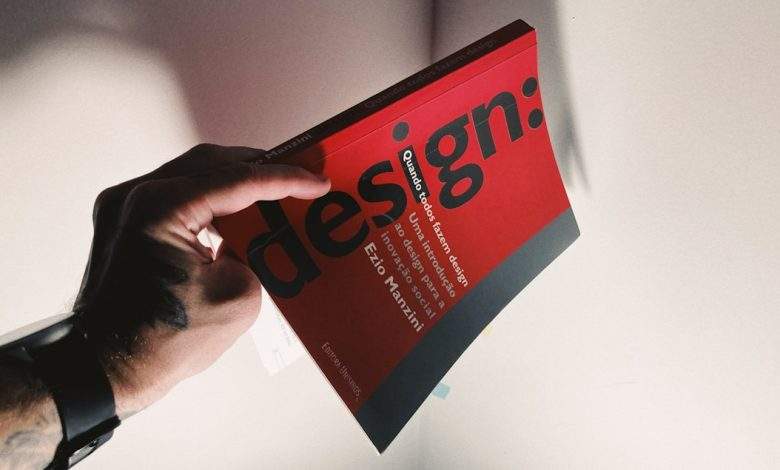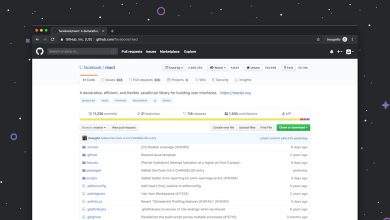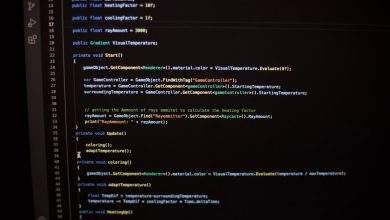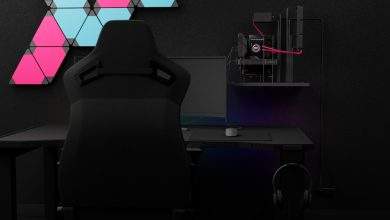
How to create a sense of flow in a double-sided brochure design?
Designing a double-sided brochure involves more than just arranging text and visuals—it’s about guiding the reader through a visual journey. To achieve this, designers must create a strong sense of flow. Flow in brochure design ensures that the reader can navigate content effortlessly, absorbing key messages in a logical and engaging manner. When properly executed, a well-designed brochure not only informs but also inspires action.
Understanding Flow in Brochure Design
In the context of print design, flow refers to the way the eye moves across the page and how elements relate to one another. With double-sided brochures, the added complexity lies in ensuring continuity between two panels—typically the front and back of a bi-fold or tri-fold layout. Good flow is intuitive; poor flow causes confusion and disrupts communication.
Tips for Creating a Sense of Flow
To master the art of flow in brochure design, consider the following strategies:
- Start with a visual hierarchy: Establish a clear structure by varying font sizes, weights, and colors. Headlines should grab attention, subheadings should offer clarity, and body text should be easy to read.
- Use directional cues: Arrows, lines, and imagery pointing in certain directions subconsciously lead the viewer’s eye through the brochure.
- Establish a grid system: Consistent alignment of text and images fosters harmony and professionalism. Grids also ensure transitions from one side of the brochure to the other feel natural.
- Choose a cohesive color palette: Unified colors help tie the elements together visually and support branding.
- Prioritize white space: Sufficient spacing between sections provides breathing room and separates ideas, avoiding visual clutter.
Front Side: Creating the Hook
The front side of a brochure should act as a compelling introduction. It must entice the viewer to pick it up and want to learn more. Typically, this side contains the brand logo, a headline, and a captivating image or main benefit.
[ai-img]brochure cover design, first impression, marketing material[/ai-img]Here’s how to maintain flow on the front:
- Anchor the headline: Position the headline near the top or center to immediately inform the reader about the brochure’s purpose.
- Use one strong visual: A single, high-quality image can guide the eye and deliver emotional resonance without overwhelming the layout.
- Limit choices: Too many elements can distract from your key message. Focus on creating a clear hierarchy.
Back Side: Driving the Message Home
The back side of the brochure is where you elaborate your message and lead readers to take action—whether it’s contacting your business, visiting a website, or attending an event. Here, the flow needs to shift towards information processing while maintaining visual engagement.
[ai-img]call to action, product details, brochure back[/ai-img]To enhance flow on the back side:
- Segment information: Break content into digestible sections with headers. Use bullet points, icons, or numbered lists where appropriate.
- Add a visual continuation: Use consistent backgrounds, color accents, or recurring imagery from the front page to tie the design together.
- End with a call to action (CTA): Placement is key—ensure your CTA stands out at the bottom or conclusion of the content area. Use contrasting colors or typography to make it impossible to miss.
Typography and Readability
Typography plays a central role in directing flow. Use no more than two or three font families to maintain consistency. For example, a sans-serif for headings and a serif for body text can create a balanced and elegant layout. Maintain alignment across both sides to avoid disjointed transitions.
Always conduct print tests to check legibility, especially in areas with background colors or layered elements. Color contrast should conform to accessibility guidelines to ensure all users can engage with your content.
Practical Considerations
Don’t forget about the mechanics of folding. In a tri-fold brochure, for instance, the inner panel’s layout must be carefully considered because it’s revealed only after opening the brochure. Map out how content is revealed step-by-step to support a progressive narrative.
Final Thoughts
Creating a sense of flow in a double-sided brochure requires a blend of strategic layout, clear formatting, and emotional design. Every decision—from positioning text blocks to choosing imagery—should help guide the reader smoothly between elements and sides. When done right, your brochure not only communicates information effectively but also reinforces your brand and encourages interaction.
[ai-img]professional print design, layout planning, visual flow[/ai-img]Investing time in refining the flow of your brochure will result in a polished communication tool that resonates with your audience and meets its marketing objectives.



